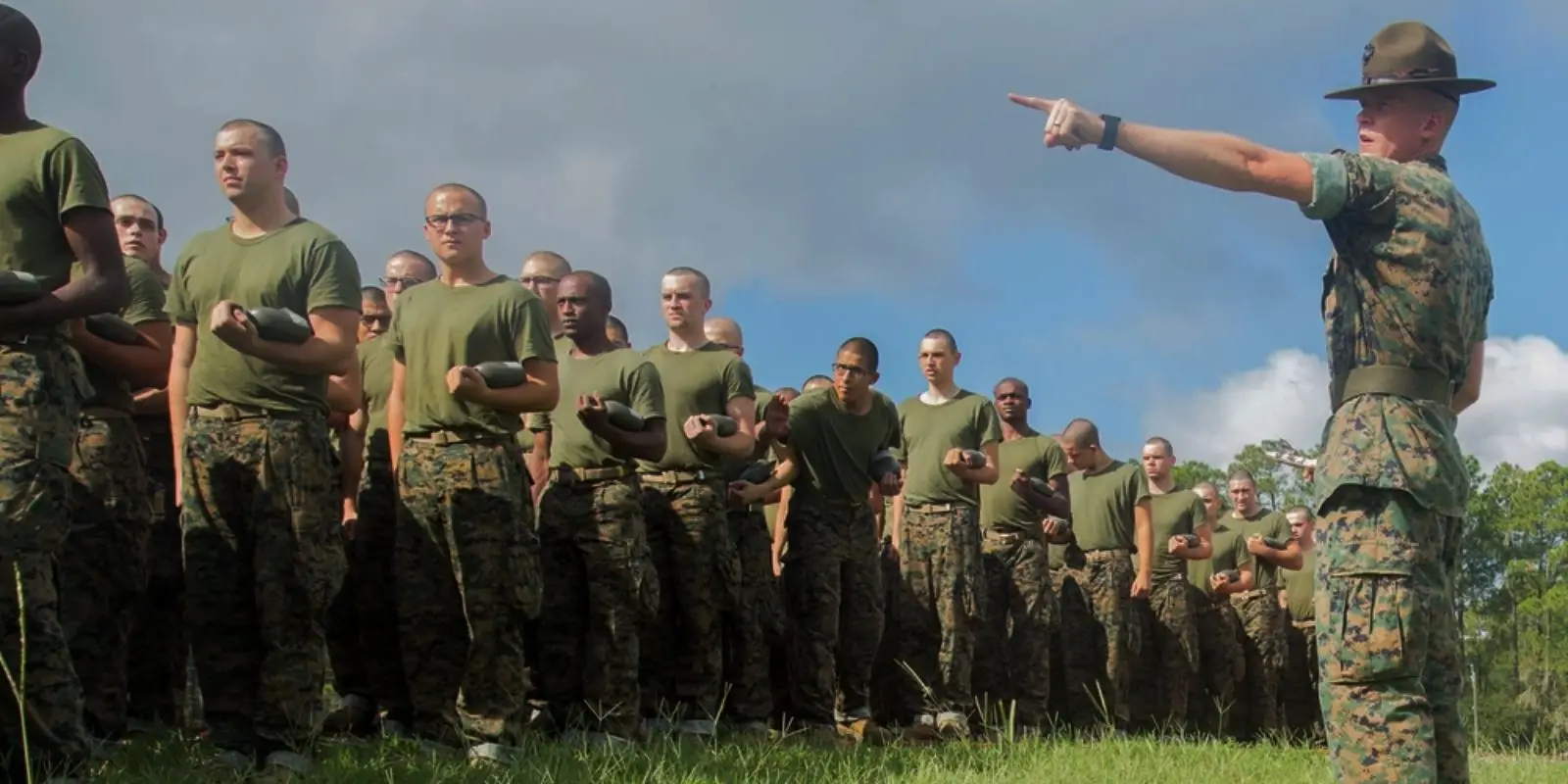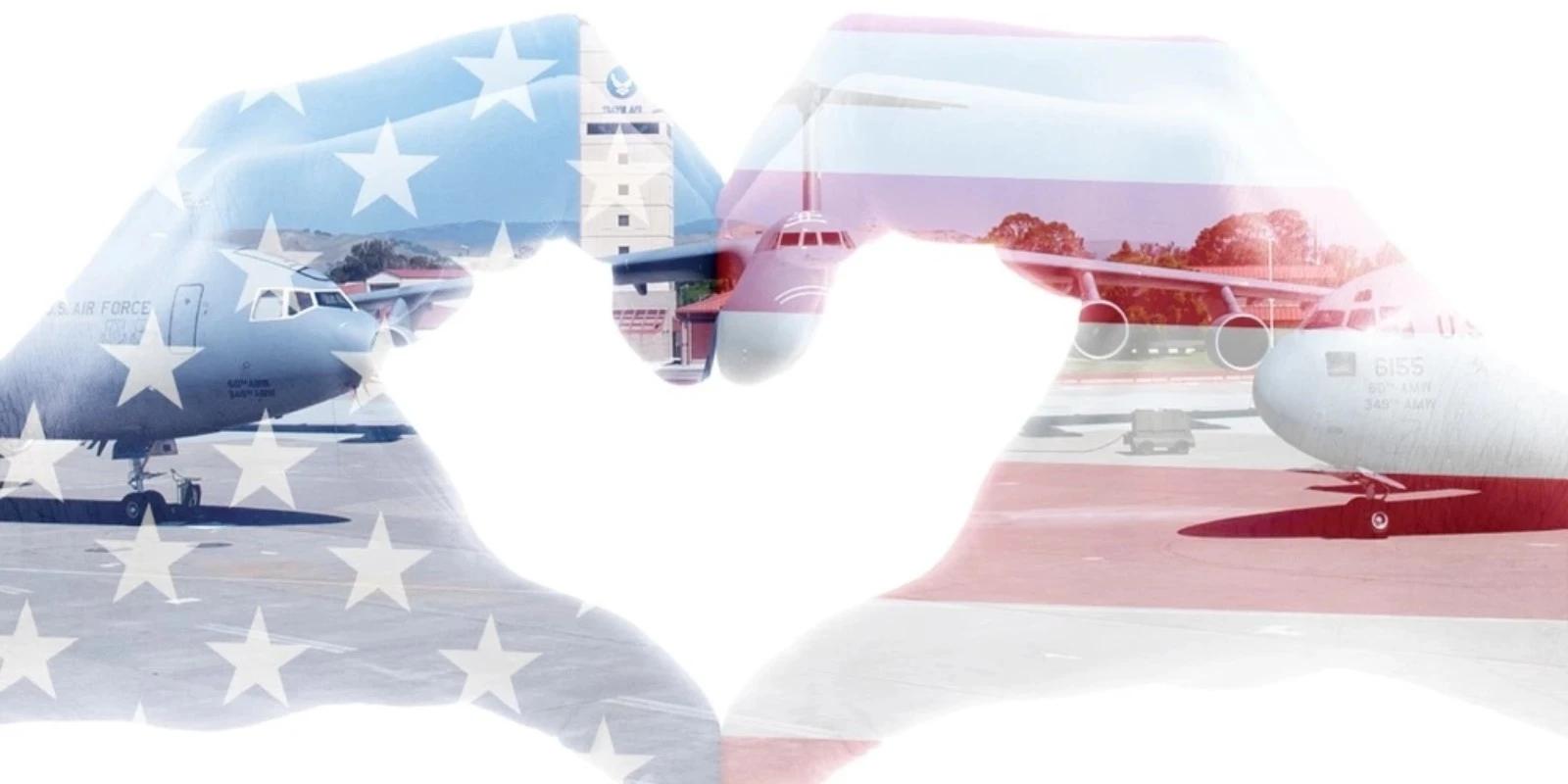FORCE DESIGN 2030 CANCELED: WAS IT A NATIONAL SECURITY RISK?
By Michael Wang

As the military finds more ways to elevate their forces, Force Design 2030 was supposed to lead the way. But now, it’s scrapped and is under reevaluation for repurposing in future operations.
Having elaborate plans is great, but certain points in Force Design 2030 rendered it faulty. Now, leaders within the force are back to square one, finding an alternative way to help the Marine Corps carry out their missions more effectively.
Read next:
The Marine Corps Mascot Is a Bulldog Named ChestyForce Design 2030 Summary: What Is It?
The U.S. Marine Corps Force Design 2030 was an effort for the Marine Corps to upgrade their capabilities to effectively navigate through future operating environments and counter any threats from adversaries. The path chosen for Force Design 2030 was focused primarily on one threat, however: China’s People’s Liberation Army Navy (PLAN). The USMC Force Design 2030 was envisioned as having small teams, which would be known as the “stand-in force,” that would be distributed and isolated amongst the chain of islands within the Western Pacific region. Their mission was to acquire or sink any Chinese warships with mid- to long-range missiles. In short, the Marine Corps needs to respond quickly and effectively to growing threats to secure the safety of the nation and allies within the region, and Force Design was supposed to help them do just that. So what happened?What Led to It Being Scrapped?
Looking through this approach, the Marine Corps deprived organizations and equipment that were needed today to self-fund large future experimental capabilities that couldn’t be fully realized until 2030 or later. From the beginning, Marine Corps Force Design 2030 was met with criticism from Marine Corps Veterans who argued that the path created by the Marine Corps would cause significant risks to our national security, namely because of its large potential to be a complete failure. This group of Marine Veterans has been steadily growing over the past few years to become a group of “hundreds, if not thousands, of retired, former and active-duty Marines of all ranks.” Though the core of this group, loosely known as “Chowder II,” has been advocating for the Marine Corps to respond to global crises and any future events across the spectrum of conflict, they did not believe that the existing Force Design strategy was the way to do it. Instead, Chowder II published a series of articles on The National Interest online. These articles would summarize their main concerns with Force Design 2030 and provide their own plans for an “alternative vision for 2035 and beyond.” The main concern for Chowder II regarding Force Design 2030 was that they thought the combat power needed to fight and win in today’s operations was too experimental and would be rendered obsolete by 2030 and beyond. Another concern was that they thought that the plan was trying to solve the “wrong problem.” Their suggestion implies that the Marine Corps needs to take a different approach to warfighting and focus more on the need to enhance maneuvering capabilities in an environment that’s led by precision weapons and other advanced sensors. Lastly, they provided an alternative approach that focused on a forward look at 21st-century threats. The article suggests that by utilizing the present technology we have today (instead of saving funding for potential future capabilities), the Marine Corps could leverage that and regain their capabilities in maneuvering in operations, which would allow them to respond quickly to threats and effectively address any global threats against the people of the United States.Protection on the Waters for the Future
Force Design 2030 was supposed to set the sights for the future of the Marine Corps. Though it’s been scrapped, Chowder II’s vision and their opinions on the matter prove that there are people willing to make the United States a safer place regardless of setbacks. The Force Design 2030 update is pending the revisions and opinions of thought leaders around this proposal. The United States military is trying to find out ways they can better improve the efficiency of the Marine Corps and how they can navigate operations in the future.Suggested read:
Get To Know the Meaning and History Behind the Marine Corps HymnThe appearance of U.S. Department of Defense (DoD) visual information does not imply or constitute DoD endorsement. Photo by Lance Cpl. Mackenzie Carter Marine Corps Recruit Depot, Parris Island
SHARE:
TAGS:
news
JOIN OUR NEWSLETTER
Get the latest news and military discounts



